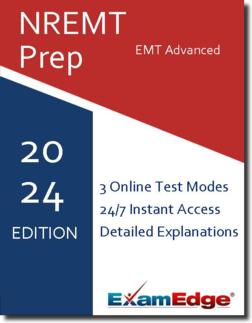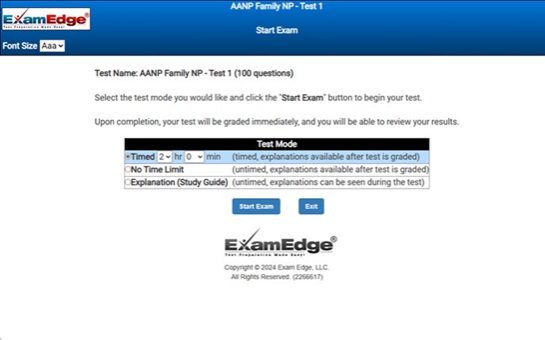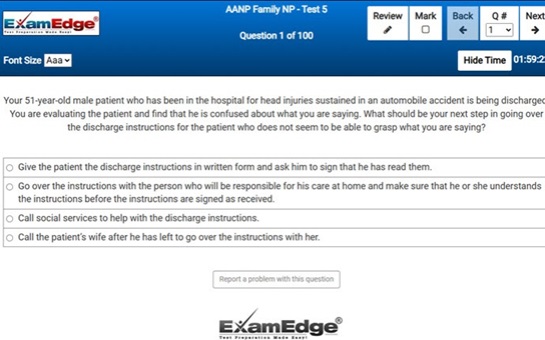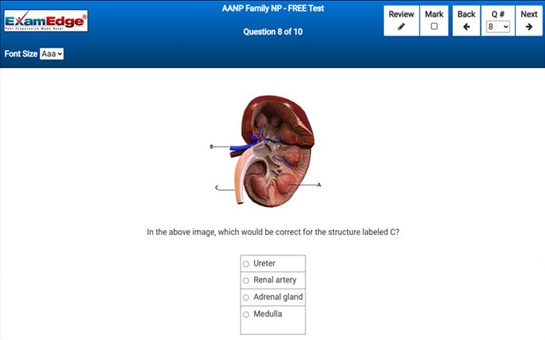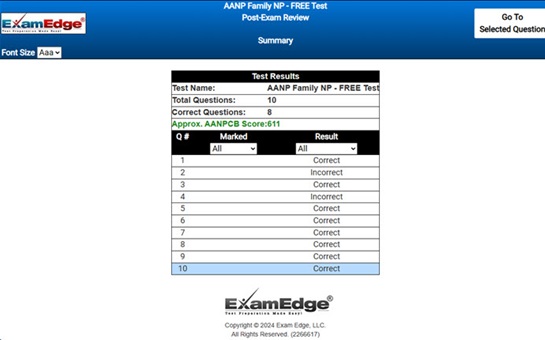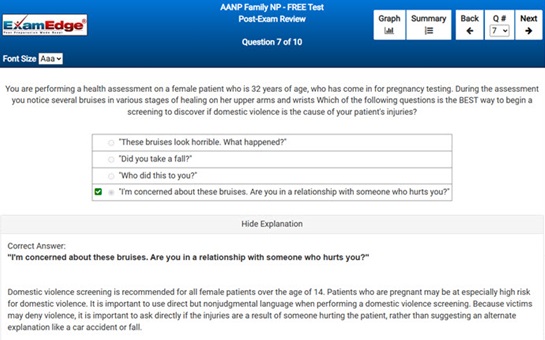NREMT EMT Advanced (EMT-Advanced) Practice Tests & Test Prep by Exam Edge - Review
Get Instant Online Access Now!
** Sample images, content may not apply to your exam **
Passing your NREMT EMT Advanced can be a very stressful time in your life. So why take chances with your preparation? Let us help you through the certification process. See why so many users choose ExamEdge.com to guide them through the process. We only have honest reviews from real users.
Select Your Test Bundle
Excellent
NREMT EMT Advanced (EMT-Advanced) Shortcuts
General Exam Info
Exam Topics
Features
Study Plan Tips
Test Reviews
Why Exam Edge?
FAQ
Take a FREE Test
NREMT National Registry of Emergency Medical Technicians EMT/ Advanced - Reviews
Excellent
TrustPilot Review
"I wanted to say Thank You! I would not have passed my NREMT exam without your practice tests. They showed me my weaknesses and helped my confidence, so I went into the test relaxed and ready."
TrustPilot Review
"Thank you for creating these exams, they allowed me to find my weaknesses and current them before taking the actual exam."
See Why Our Users from 154 Countries Love Us!
Exam Edge is an industry leader in online test prep. We work with institutional partners to offer a wide array of practice tests that will help you prepare for your big exam. No matter how niche your field of interest might be, we are here to help you prepare for test day.
See why our users from 154 countries love us for their exam prep! Including 125 reviews for the NREMT EMT Advanced exam.
Exam Edge is an industry leader in online test prep. We work with institutional partners to offer a wide array of practice tests that will help you prepare for your big exam. No matter how niche your field of interest might be, we're here to help you prepare for test day.
2.7M+
Users
4M+
Tests Taken
100K+
Unique Tests
18
Years In Business
NREMT National Registry of Emergency Medical Technicians EMT/ Advanced - Test Reviews Sample Questions
|
|
|
|

